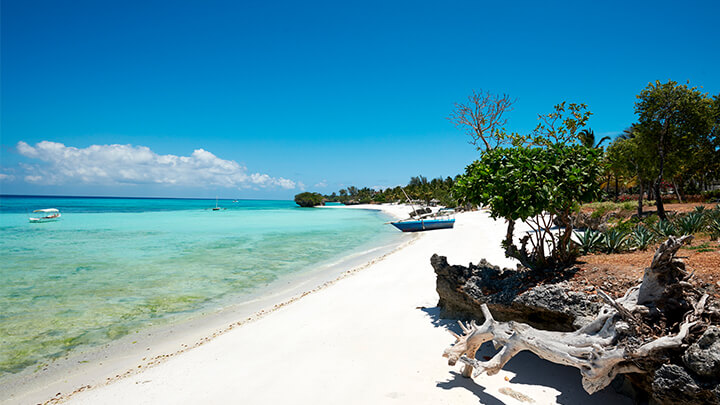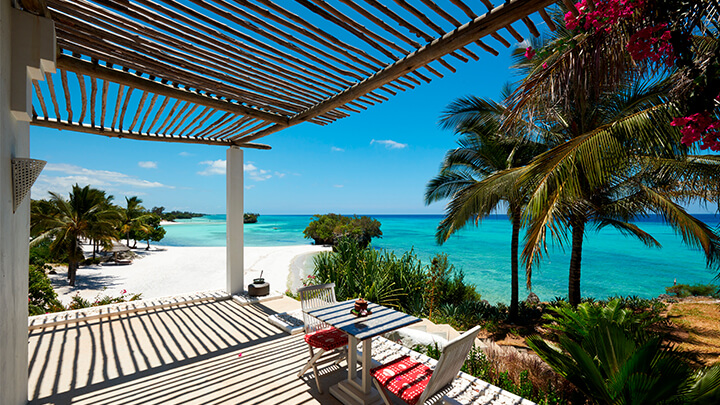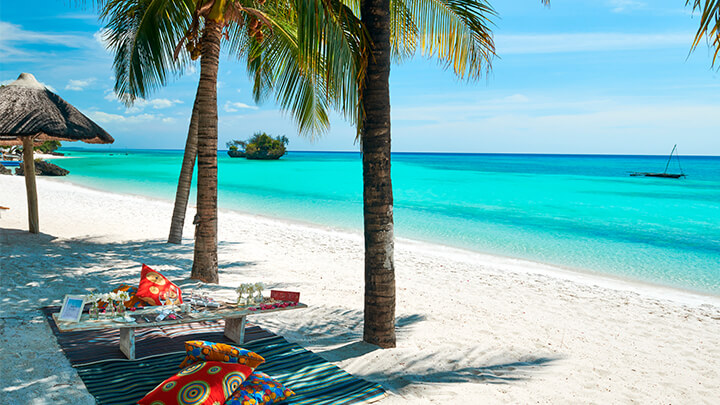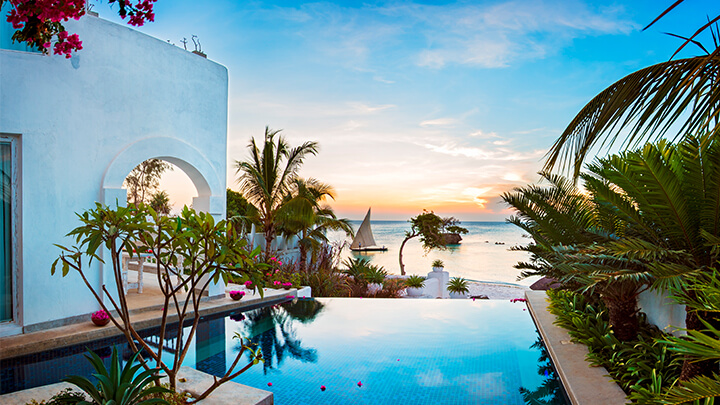Pop quiz… What is Zanzibar? Most people would instantly jump in with something like ‘an island off the coast of Africa, launching point for the explorations of Dr. David Livingstone, and birthplace of Freddie Mercury’… wrong! Zanzibar is in fact an archipelago made up of many islands, and the island we refer to as Zanzibar is in fact correctly called Unguja. The other main island that makes up the Zanzibar Archipelago is Ungujas’ northerly twin, Pemba… who knew? Okay, boring geography lesson over.
Whilst we love the island of Unguja (or Zanzibar if you prefer!) and there is a wonderful range of hotels and lodges that we can recommend there, for travellers really looking to get off the grid and leave mainstream tourism behind, you need to fly another 30 minutes north to the island of Pemba. I have been fortunate enough to travel to most corners of our wonderful planet, but few places I have visited, if any, can match Pemba for its complete absence of visible tourism and untouched tropical beauty. Other than the handful of international visitors that visit the three small hotels on Pemba, there is simply no tourism on the island. This is quite extraordinary when you consider that it is home to a population of nearly half a million, the island is surrounded by heavenly beaches, and it offers some of the best snorkelling and diving on the continent of Africa.

The newest addition to Pemba’s low-key tourism scene is the delightful Constance Aiyana. Set in blissful isolation in the remote north of Pemba, visitors are entitled to feel incredibly smug to have finally found that ‘secret’ place that no one else knows about: long isolated white sand beaches, lapped by immaculate turquoise waters, and a delightful small boutique hotel to provide your base whilst you explore this corner of paradise.
A typical sleepy tropical day may go something like this…
An early awakening to watch the sunrise is highly recommend, perhaps followed by a leisurely cup of local coffee, before enjoying a light breakfast of tropical fruits (you must try the Bungo fruit, the local speciality found only in the Zanzibar archipelago). Before the heat of the day kicks in, you could take an hour hike up to the very northern tip of Pemba. This is home to a colonial era lighthouse, proudly maintained by the same family of lighthouse keepers for many decades, who will show you around in return for a small donation. By this point the day will be warming up (the temperature is a consistent 30 degrees plus every day of the year!) so you might want to arrange for the Aiyana 4×4 vehicle to collect you for the short ride back to the hotel, where you will most likely want to hit the beach for the rest of the morning.

Lunch normally consists of whatever is brought in by the fishing boat in the morning, accompanied by fresh locally sourced vegetables, served in the most inventive variety of forms…. probably washed down with a bottle of one of the wonderful Tanzanian beers (remember that this was once a German colony -enough said!) The afternoons do get hot, so you’ll probably want to find a shady spot by pool or on the beach, perhaps with a gentle swim out to one of the extraordinary rock formations which dot the bay and are home to some wonderful marine life.

As night starts to fall, the romantic ambience of Aiyana really comes alive. Lantern lit pathways guide you up to the small bar, where a delightful range of cocktails awaits (you might want to go easy on the local gin – ‘Konyagi’ – as I learned to my cost!) Sunsets at Aiyana are spectacular, as you watch the sun slowly sink behind the distant hills of the African mainland. Dinner is served under the cool whitewashed arches of Aroma restaurant – with dishes ranging from spicy local curries, through to more international flavours for the less culinarily adventurous. Dinner might be followed by a stroll down to the beach, where bean bags and flaming torches (and more cocktails!) await.

Before turning in for the night, make sure you take time to look up. With no towns even remotely close, there is almost zero light pollution, giving a fantastic view of Africa’s famous night skies. The Southern Cross, the Milky Way, and countless more constellations are lit up with an intensity which is remarkable even for Africa. As Africa starts to cast its spell on you, and the stress and pace of life at home fade away, sink into your insanely comfortable bed, and sleep the sleep of the truly chilled.
And all that was just Day One…














